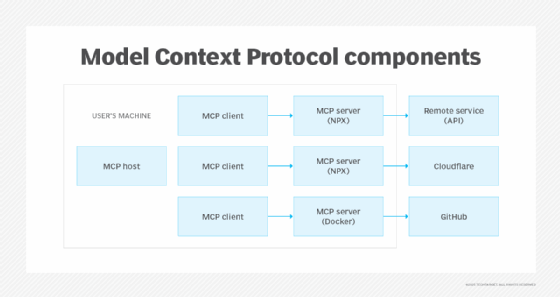Spring Boot, Model Context Protocol tutorial in Java
Model Context Protocol, or MCP, is arguably the most powerful innovation in AI integration to date, but sadly, its purpose and potential are largely misunderstood.
So what's the best way to really understand what MCP is and what problem it solves? As always, the best way to learn a new API is to build something useful with it, which is exactly what we do in this Spring Boot and Model Context Protocol tutorial.
Model Context Protocol, Java and Spring
In this hands-on, Spring MCP crash course, you'll learn the following:
- The limitations of large language models (LLMs), including their inability to access real-time data or personalized organizational info.
- How to expose data, logic and tools to LLM-based tooling in a Java-friendly way with Spring Boot.
- How to create a Spring Boot MCP server component that returns context-relevant, organization-specific answers to LLM prompts.
- When to annotate your Java methods with Spring Boot's @Tool and @ToolParam annotations.
- How to disable console-generated noise and configure your application.properties file for clean JSON communication.
- How to connect your MCP server to Cursor AI using standard IO, making it accessible in live AI-powered development environments.
AI, LLMs, MCP and Spring Boot
Whether you're a Java programmer curious about how to integrate LLM-based applications into your local data stores, or a Spring Boot developer who wants to integrate services with real-time language models, this crash course on Spring and the Model Context Protocol provides everything you need to know to start building smarter, more heavily integrated, LLM-based applications.

Cameron McKenzie has been a Java EE software engineer for 20 years. His current specialties include Agile development; DevOps; Spring; and container-based technologies such as Docker, Swarm and Kubernetes.


